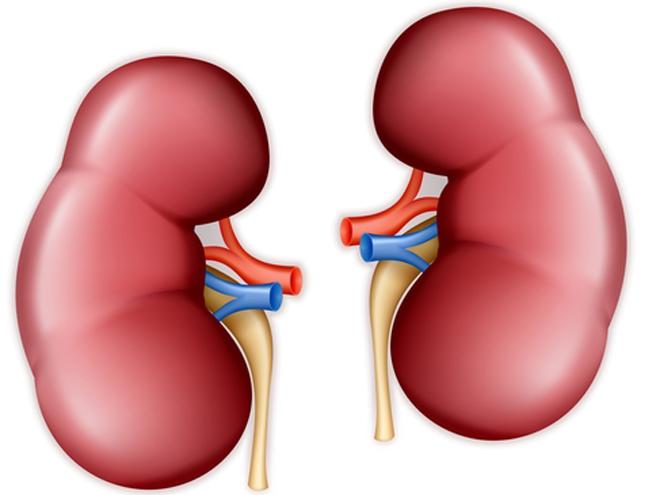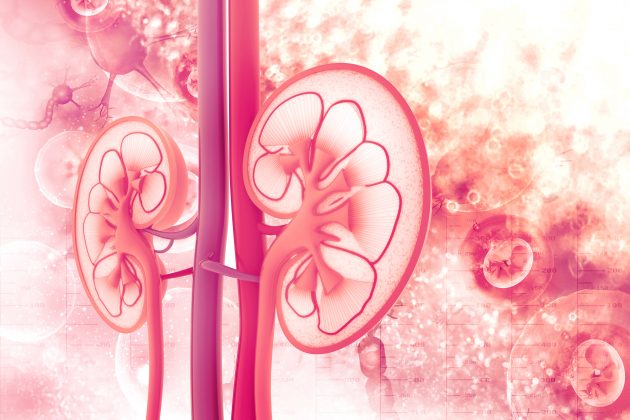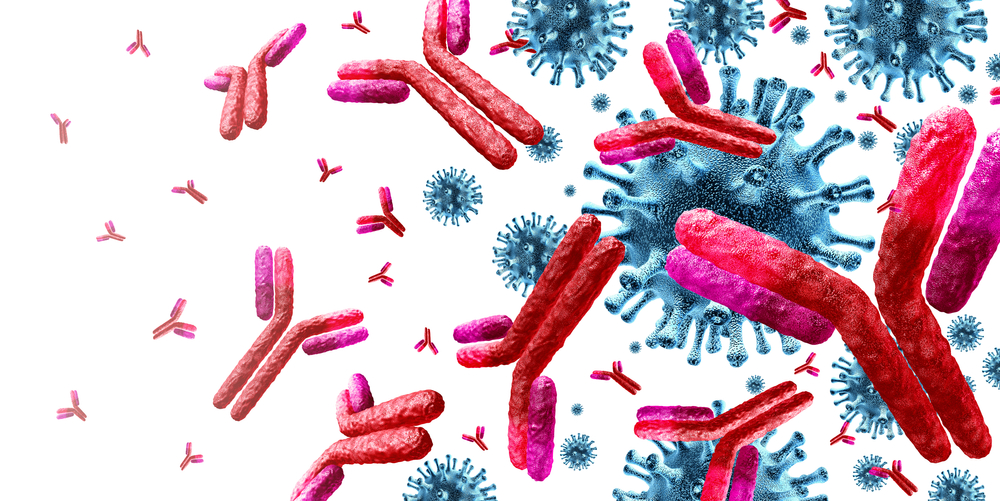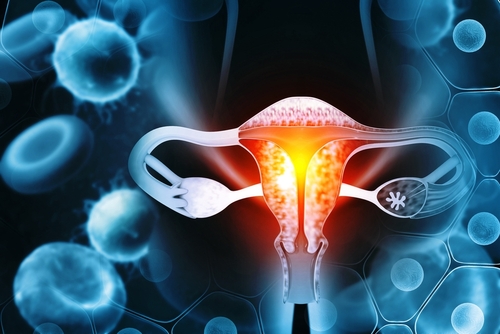From the Chair
Sodium-glucose cotransporter 2 (SGLT2) inhibitors have emerged as essential agents in our battle to slow the progression of kidney disease, especially in patients with chronic kidney disease (CKD) from type 2 diabetes. While it made sense that they would be effective in renoprotection in these patients due to their effectiveness in lowering blood glucose and blood pressure, their ability to slow kidney progression in patients without diabetes had not been previously established until an important clinical trial, the DAPA-CKD, was published in the New England Journal of Medicine in October 2020.1
Likewise, the importance of mineralocorticoid hyperactivity in the progression of kidney disease has been discussed for many years, because of hemodynamic and potentially antifibrotic effects of these agents. However, trial data had been lacking. That was until the publication of the FIDELIO-DKD in the New England Journal of Medicine in December 2020.2
These two new trials—one using dapagliflozin, an SGLT2 inhibitor, and the other, finerenone, a selective mineralocorticoid antagonist—are discussed here and will almost certainly usher in a new era in kidney protection.
The background on how SGLT2 inhibitors and selective mineralocorticoid inhibition cause renal protection is reviewed in detail elsewhere.3-6 SGLT2 inhibitors lower the Tmax or threshold for urinary glucose excretion in the kidney and thus cause urinary glucose excretion.2-3 These inhibitors also result in sodium excretion due to the linkage of glucose with sodium transport. Conversely, aldosterone binds to the mineralocorticoid receptor located in the distal convoluted tubule, connecting segment and cortical collecting duct (aldosterone-sensitive distal nephron) where it modulates sodium reabsorption and potassium excretion.6 Several preclinical studies reviewed in reference 6 have suggested a hemodynamic role for mineralocorticoid antagonism in slowing the progression of kidney disease.
Of growing interest is the antifibrotic effect of both SGLT2 inhibition and mineralocorticoid antagonism on the kidney as a mechanism for kidney protection.7
In the DAPA-CKD trial1, Heerspink and colleagues randomized 4304 participants to receive either dapagliflozin (10 mg once daily) or placebo. Key eligibility criteria for entry to the study included an estimated glomerular filtration rate (eGFR) of 25 to 75 mL/min/ 1.73 m,2 a urinary albumin-to-creatinine ratio of 200 to 5000 mg/g creatinine. Patients with type-1 diabetes were excluded. Randomization was stratified by two factors: a history of type 2 diabetes and the level of albuminuria (less or greater than 1 g/d of albumin excretion). The primary outcome was a composite of a >50% lowering in eGFR, end-stage kidney disease (ESKD), or death from renal or cardiovascular causes. The trial was stopped early by the data monitoring committee, which saw an early benefit of the treatment.
At a median follow-up of 2.4 years, there was a 39% reduction in the risk of the composite renal/cardiovascular disease (CVD) outcome that was highly significant (P<.001). When the investigators looked at the renal outcome separate from CVD outcomes, the composite renal outcome (>50% reduction in eGFR, ESKD, or death from renal causes) demonstrated a reduction in risk of approximately 44% (P<.001).
The bottom line from the DAPA-CKD trial is that SGLT2 inhibitors are beneficial when added to renin-angiotensin blockade as part of a multipronged strategy to slow the progression of kidney disease. Indeed, the US FDA in October 2020 granted dapagliflozin Breakthrough Therapy Designation (BTD) for use in slowing kidney progression in patients with CKD, with and without type 2 diabetes.
The second agent, a mineralocorticoid antagonist, has received much attention since its recent publication. The agent is finerenone, a nonsteroidal, selective mineralocorticoid receptor antagonist that blocks excess mineralocorticoid activity in CKD patients.
FIDELIO-DKD (Finerenone in Reducing Kidney Failure and Disease Progression in Diabetic Kidney Disease)2 was a randomized double-blind placebo-controlled trial in which 5734 patients with CKD and type 2 diabetes received either finerenone (at a dose of 10 or 20 mg/day depending on eGFR) or placebo. Enrolled patients had type 2 diabetes and moderately advanced CKD. The primary outcome was a composite of kidney failure, a sustained decrease of at least 40% in the eGFR from baseline over at least 4 weeks, or death from renal causes.
Following a median follow-up of 2.6 years, patients randomized to the finerenone arm showed an 18% reduction in the composite renal outcome. The patients in the finerenone group also had a significant reduction (~14%) in CVD outcomes compared with control. A potential reason for the comparatively modest effect of finerenone compared with an SGLT2 inhibitor was thought to be concurrent treatment with SGLT2 inhibitor in a small subset of patients (and about 4% were on an SGLT2 inhibitor).8
So, what should we know about SGLT2 inhibitors and finerenone?
First, because of the risk of diabetic ketoacidosis (DKA), patients with type-1 diabetes mellitus and kidney disease should not be treated with SGLT2 inhibitors. That said, among CKD patients with type 2 diabetes or those patients without diabetes, SGLT2 inhibitors are usually well tolerated, as suggested by the DAPA-CKD trial (none of the patients with or without type 2 diabetes developed ketoacidosis). There is no known concern with finerenone causing DKA, but it has also not been tested in patients with type 1 diabetes.
Second, because of glucosuria induced by SGLT2 inhibition, patients are at a higher risk of developing genital infections.9-10 Infections include genital candidal infections, vaginitis, or vulvovaginitis in women, and genital candidal infections, penile infections, and phimosis in men. Risk factors for infection include female sex and prior history of a genital infection.9 Prevention is key and good genital hygiene is very important. Because finerenone does not act through this pathway, genital infections are not a concern.
Third, it is important to be aware of the effects of SGLT2 inhibitors on fluid balance and electrolytes. Due to SGLT2 inhibition, modest sodium wasting is observed. Chronically, SGLT2 induced natriuresis causes mild volume-depletion. However, hyponatremia is not observed. Nor do SGLT2 inhibitors cause significant changes in serum potassium, calcium, phosphate, or magnesium levels. The main issue with using finerenone is the higher incidence of hyperkalemia (twice as high [15.8%] in the finerenone vs control arm)—not surprising because of antagonizing mineralocorticoid action on the distal nephron. It is certainly possible that when additional trials are done in patients with milder CKD, hyperkalemia will be less common. The FIGARO-DKD (Finerenone in Reducing Cardiovascular Mortality and Morbidity in Diabetic Kidney Disease) trial is ongoing.
SGLT2 inhibitors have been tested more widely, and more information on them has been published than on mineralocorticoid receptor antagonists. From the DAPA-CKD trial, we know that dapagliflozin works well in both older and younger patients, men and women, White, Black and Asian patients, and in patients with or without heavy proteinuria. Dapagliflozin was also well tolerated in patients on other antihypertensive or diuretic medications. Experience with finerenone is less robust and based primarily on the FIDELIO-DKD trial. Not much is known about subgroups—these data will likely be published elsewhere.
An important collateral benefit from the DAPA-CKD and FIDELIO-DKD trials were the CVD benefits. The finding with respect to dapagliflozin was consistent with similar results reported in the DECLARE–TIMI 58 and DAPA-HF (Dapagliflozin and Prevention of Adverse Outcomes in Heart Failure) trials.11-12
In summary, SGLT2 inhibitor therapy should be considered in all CKD patients, with the exception of patients with type-1 diabetes. In this regard, dapagliflozin has been approved by the FDA. Finerenone, on the other hand, is efficacious in patients with CKD and type-2 diabetes but has not been approved by the FDA as yet. In the future, once FDA approval comes through for finerenone, it is likely that both of these agents will be (should be) used in conjunction with an inhibitor of the renin-angiotensin system, such as an ACE inhibitor or angiotensin receptor blocker.
A new era of kidney protection begins!
References
- Heerspink HJL, Stefánsson BV, Correa-Rotter R, et al. Dapagliflozin in patients with chronic kidney disease. N Engl J Med. 2020 Oct 8;383(15):1436-1446. doi: 10.1056/NEJMoa2024816. Epub 2020 Sep 24. PMID: 32970396.
- Bakris GL, Agarwal R, Anker SD, et al. FIDELIO-DKD Investigators. Effect of finerenone on chronic kidney disease outcomes in type 2 diabetes. N Engl J Med. 2020 Dec 3;383(23):2219-2229. doi: 10.1056/NEJMoa2025845. Epub 2020 Oct 23. PMID: 33264825.
- van Bommel EJ, Muskiet MH, Tonneijck L, et al. SGLT2 inhibition in the diabetic kidney—from mechanisms to clinical outcome. Clin J Am Soc Nephrol. 2017 Apr 3;12(4):700-710. doi: 10.2215/CJN.06080616. Epub 2017 Mar 2. PMID: 28254770; PMCID: PMC5383382.
- Heerspink HJL, Kosiborod M, Inzucchi SE, Cherney DZI. Renoprotective effects of sodium-glucose cotransporter-2 inhibitors. Kidney Int. 2018 Jul;94(1):26-39. doi: 10.1016/j.kint.2017.12.027. Epub 2018 May 5. PMID: 29735306.
- Panchapakesan U, Pegg K, Gross S, et al. Effects of SGLT2 inhibition in human kidney proximal tubular cells—renoprotection in diabetic nephropathy? PloS one. 2013 Feb 4;8(2):e54442.
- Barrera-Chimal J, Girerd S, Jaisser F. Mineralocorticoid receptor antagonists and kidney diseases: pathophysiological basis. Kidney international. 2019 Aug 1;96(2):302-19.
- Grune J, Beyhoff N, Smeir E, et al. Selective mineralocorticoid receptor cofactor modulation as molecular basis for finerenone’s antifibrotic activity. Hypertension. 2018;71:599-608.
- Ingelfinger JR, Rosen CJ. Finerenone—halting relative hyperaldosteronism in chronic kidney disease. N Engl J Med. 2020 Dec 3;383(23):2285-2286. doi: 10.1056/NEJMe2031382. Epub 2020 Oct 23. PMID: 33095527.
- Dave CV, Schneeweiss S, Patorno E. Comparative risk of genital infections associated with sodium-glucose co-transporter-2 inhibitors. Diabetes Obes Metab. 2019 Feb;21(2):434-438. doi: 10.1111/dom.13531. Epub 2018 Oct 11. PMID: 30207042; PMCID: PMC6329650.
- McGovern AP, Hogg M, Shields BM, MASTERMIND consortium, et al. Risk factors for genital infections in people initiating SGLT2 inhibitors and their impact on discontinuation. BMJ Open Diabetes Research and Care. 2020;8:e001238. doi: 10.1136/bmjdrc-2020-001238
- Mosenzon O, Wiviott SD, Cahn A, Rozenberg A, et a. Effects of dapagliflozin on development and progression of kidney disease in patients with type 2 diabetes: an analysis from the DECLARE-TIMI 58 randomised trial. Lancet Diabetes Endocrinol. 2019 Aug;7(8):606-617. doi: 10.1016/S2213-8587(19)30180-9. Epub 2019 Jun 10. Erratum in: Lancet Diabetes Endocrinol. 2019 Aug;7(8):e20.
- Wiviott SD, Raz I, Bonaca MP, DECLARE–TIMI 58 Investigators, et al.. Dapagliflozin and cardiovascular outcomes in type 2 diabetes. N Engl J Med. 2019 Jan 24;380(4):347-357. doi: 10.1056/NEJMoa1812389. Epub 2018 Nov 10. PMID: 30415602.
Credit: Original article published here.










